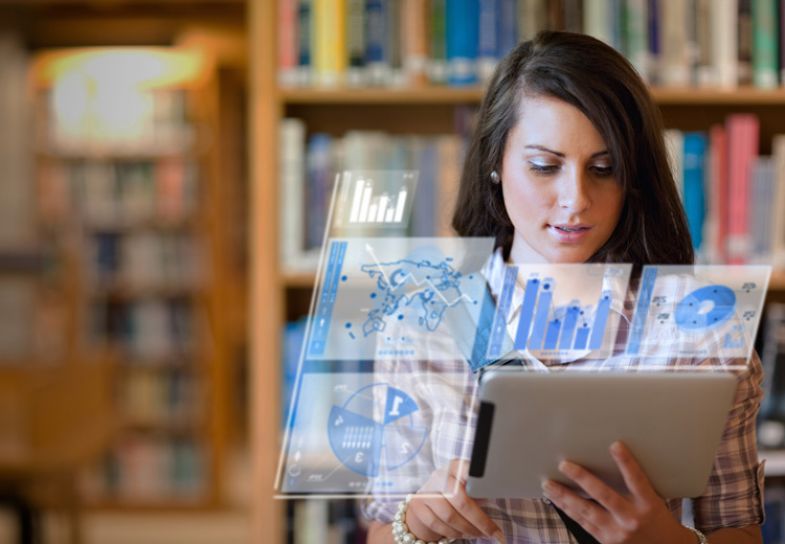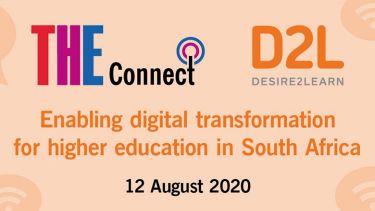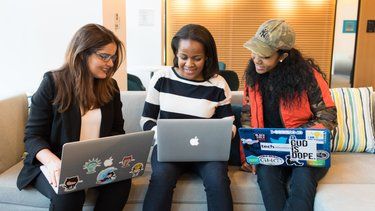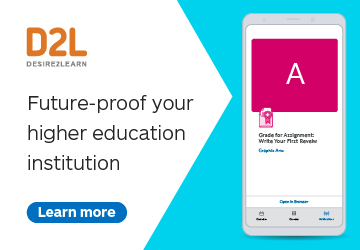
As universities adapt to a model of blended learning, they must embrace the opportunities offered by digital transformation
Digital transformation will have been a key element of universities’ strategic plans long before the pandemic hit in 2020. But the gradual roll-outs that formed the substance of these plans have since been thrust aside, with institutions adopting online learning and digital student provision at an impressive speed.
In its upcoming webinar, “Creating the universities of the future today: entering the next phase of digital transformation”, global learning technology leader D2L will reflect on the challenges and opportunities universities face in a post-pandemic future. They will need to adapt to other external pressures too, such as the implications of Brexit and the difficulties of attracting international students.
Although the pandemic has intensified these challenges, a model of hybrid learning will be a crucial part of any institution’s plans moving forward. At the same time, students are acting more like consumers than ever, seeking a return on their investment and the reassurance that their university will equip them with the skills to succeed at work. Where traditional universities once attracted students with their historic location or focus on research, they must now come up with more creative strategies for student recruitment.
In its University of the Future report, D2L shows that more technical universities have been leading the way in this new approach to student recruitment. Teesside University, for example, gives all students iPads to improve their digital skills and broaden access to learning and collaboration tools. During the pandemic, “acceptance of using digital tools to teach has grown enormously”, according to Felix Kuijpers, programme manager of education innovation with ICT at Avans University of Applied Sciences in the Netherlands. But most institutions also realise that simply replicating on-campus practices online – such as delivering a lecture over video – are not enough to engage students in the long term.
Other institutions are looking to lessen the skills gap between higher education and the world of work; at Bournemouth University, 85 per cent of students participate in some form of work placement. Richard Walker, head of programme design and learning technology at the University of York, points out: “Employability has to be part of a student’s pedagogy.” Universities should be proactive in supporting students to develop a professional portfolio and gain an understanding of how to apply their knowledge in a work environment.
Using data to personalise the learning experience can address the challenges of building a quality blended learning programme as well as supporting students to gain work-ready skills. Using analytics can show institutions who is not logging in as much as they could be, how this links to assessment scores and which elements of coursework students are engaging with the most. These insights can allow departments to offer tailored support to students, whether that’s more one-to-one meetings or tweaks to course content on a broader level. Personalised feedback enhances both teaching and learning, making the experience richer for academics and students alike.
The challenge now is for universities to build a premium campus experience that blends elements of being physically present with rich, personalised online learning. Looking ahead, a fast-changing labour market will drive the need for microcredentials and short courses, while lifelong learning will support an ageing population to switch career focus or simply enjoy gaining a new skill. Adapting to these new ways of learning feels like firefighting right now, but it will prove invaluable in years to come.
Watch the Times Higher Education and D2L webinar on-demand above or on the THE Connect YouTube channel.





















